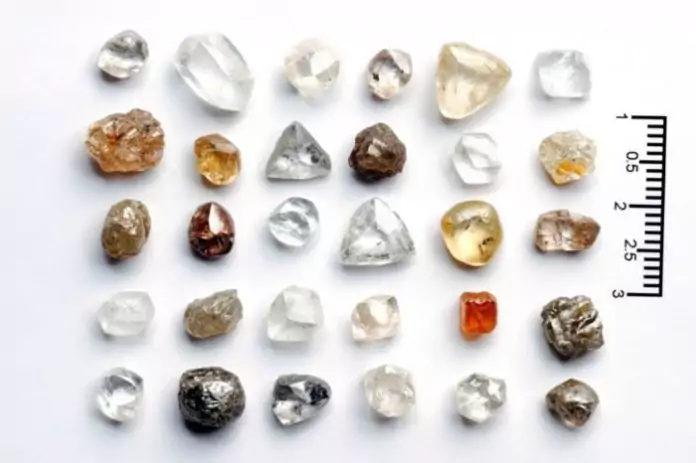
Types of diamonds
Diamond did not immediately find its application in the jewelry industry. There was a time when the mineral was valued much lower than rubies, pearls, emeralds and sapphires. Only in the 16th century did people learn how to cut and polish a gem correctly, and thus they realized that in front of them was not just a stone, but an unusually beautiful and impeccable specimen. When evaluating the qualities of a diamond, special attention is paid to its color, because, as a rule, a natural mineral looks nondescript, pale and even translucent.
What color are diamonds
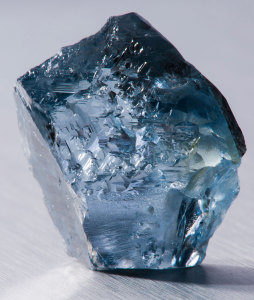
Diamonds are colored during the formation process, due to various impurities, inclusions, defects in the structure of the crystal lattice or natural irradiation. Its shade can be uneven - in spots or parts, and only the top can also be painted. Sometimes one diamond can be painted in several colors at the same time. The natural gem is often pale, colorless. In addition, not all natural minerals end up on the work table of jewelers. Of all the diamonds found, only 20% have good enough characteristics to be made into a diamond. Thus, all diamonds are distributed according to two criteria - technical (which are used in various fields, for example, medicine, military and nuclear industries) and jewelry (which are used in jewelry).
Technical
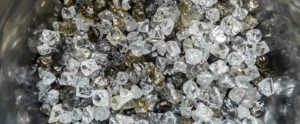
The characteristic colors of technical diamonds that have not been tested for quality and the ability to use it as a jewelry insert are more often:
- milky white;
- black;
- greenish;
- gray.
Technical minerals contain a large number of cracks, chips, inclusions in the form of bubbles and scratches, and they also rather look like placers. Sometimes the size of a gem is so small that its only use is to be ground into a powder and used to make abrasive surfaces.
Jewelry
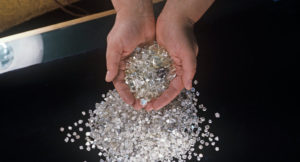
Jewelry diamonds are slightly different in color and structure. These are pure specimens, without inclusions and of a size that allows it to be processed and made from it into a diamond of the highest quality. The main colors in which a gem diamond can be painted:
- pale yellow with various tints;
- smoky;
- brown of various saturation.
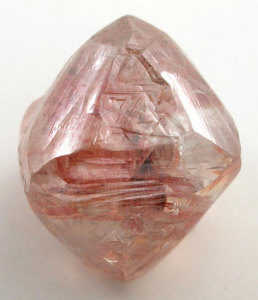
The most rare are gems with the absence of any color. Their jewelers call "the color of pure water." Despite the fact that the diamond looks completely transparent on the outside, it is not at all. Exceptional transparent stones are very rarely formed in nature, and upon closer examination, one can still notice the presence of some kind of shade, albeit very weak and not pronounced.
Also rare shades include:
- blue;
- green;
- pink.
In fact, if we talk about shades, then nature can be completely unpredictable. There were gems of various colors. For example, the famous Hope Diamond has an amazing sapphire blue hue, while the Dresden Diamond has an emerald hue and has also gone down in history.
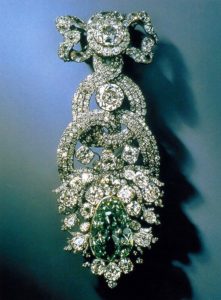
In addition, there are minerals of golden colors, red, rich cherry, pale or bright pink. The rarest types of diamonds are considered to be with the following colors: purple, bright green and black, provided that they belong to the jewelry variety. All such gems are called fantasy and are classified as unique creations of nature.
Leave a Reply